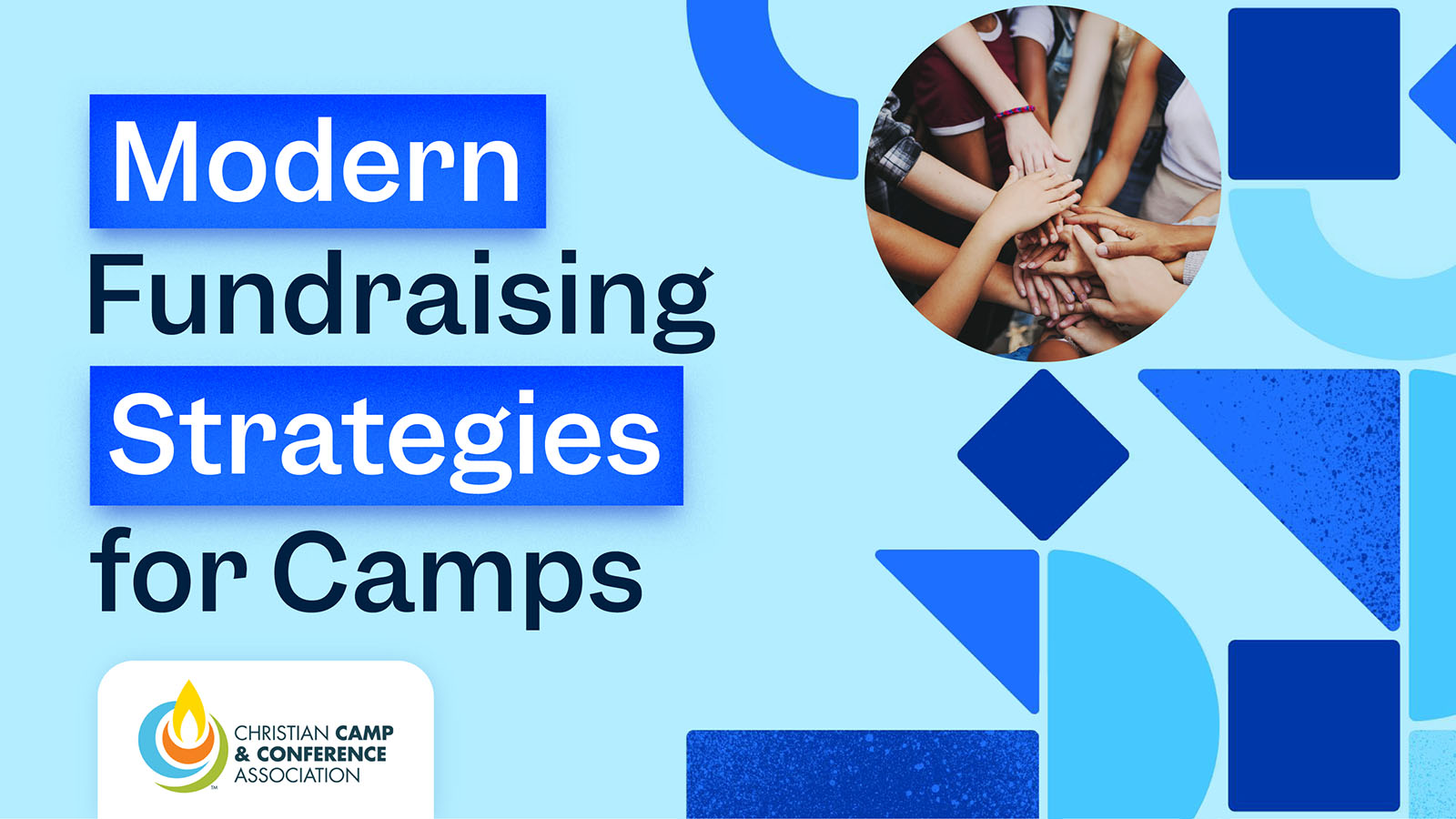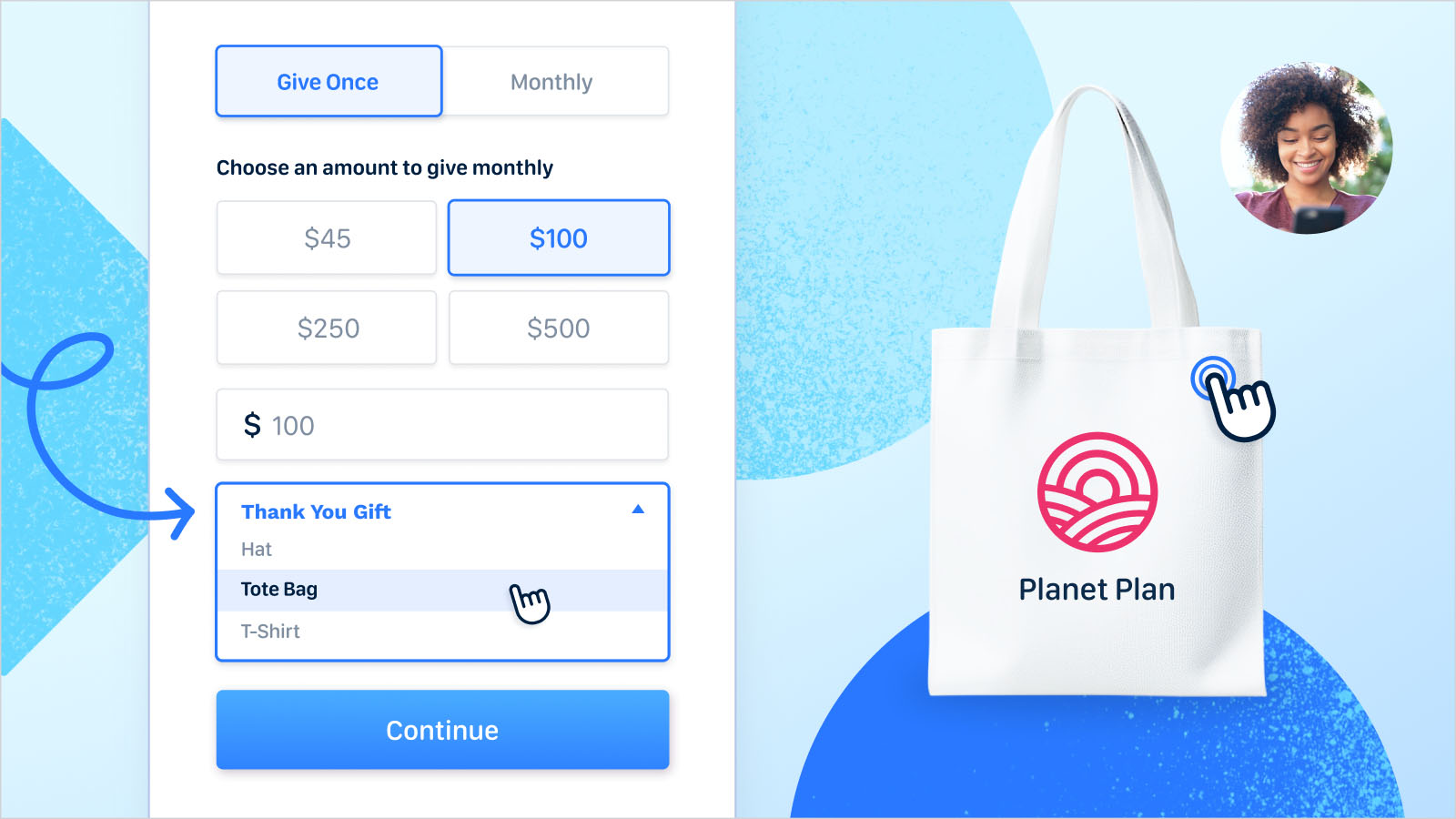As a small nonprofit, sometimes you feel like a tiny guppy in an ocean of very impressive whale sharks. Sure, they're benevolent, but they're so big! They have so many resources! And so many Instagram followers!
But being a small nonprofit organization doesn't mean you can't stand strong, stand tall, and stand out over large nonprofits. With a little strategy and elbow grease, you can join the ranks of Nemo: a tiny fish that does big, big things.
The challenges of being a small nonprofit
Before we get into it, let us set the scene: what's so tough about being a small nonprofit in the first place? Well, we all know that running a nonprofit is a challenge no matter what. It's fulfilling and amazing and world-changing, but still, it's hard. Now, take all those challenges and deduct a bunch of resources and revenue. Now, you're starting from a place of having less, and that makes it more difficult to recruit qualified individual employees, board members, and volunteers. That, in turn, makes it harder to get nonprofit grants and attract donors. So yeah, being a small nonprofit can be a bit of an uphill climb.
What's great about being a small nonprofit
But wait! All is not gloom and doom for small charitable organizations. What they lack in resources and revenue they make up for in passion and agility. Smaller nonprofit organizations have less bureaucracy, so they can make decisions more quickly and pivot as needed. Additionally, they can take a more hands-on approach with the community, building deeper relationships with local donors. Plus, while the teams may be small, that means the culture can shift as needed to ensure a great workplace for everyone—with endless learning opportunities.
Tips to stand out as a small nonprofit
Despite the benefits of being small, it's easy to feel intimidated by all the towering, multi-chapter nonprofits out there—especially when it comes to attracting donors. But even the tiniest org can be a successful nonprofit by following the tips below. Try 'em out, and soon enough, you'll feel 10 feet tall.
Our top tip: Don't compare yourself to other nonprofits
Whether you're big or small, save aliens or fight the bad guys, whether you're great at grants or prioritize peer-to-peer fundraisers, you're doing your best every single day. There are lots of times when it feels like we're in a race for donors or funds or making backwards movement instead of impact. But big picture, you gotta do you, boo. That's the only way that you'll be able to make the kind of impact that only you can make. And don't judge other nonprofits, either; it's not a good look on you.
Your unique brand matters
Every nonprofit wants to stand out, and in our digital age, that starts with building a strong, recognizable brand. Your brand sets you apart by clearly articulating your unique value proposition through messaging and design. For small nonprofits, it's even more important to show donors how you're different from all the other organizations out there.
Get the right tech
Before the advent of affordable, cutting-edge fundraising platforms like Funraise, small nonprofits struggled with dense spreadsheets and clunky websites. Now, nonprofits of every size have options when it comes to customer relationship management and fundraising technology. By getting the right fundraising software, you can present a polished image and intuitive online donation experience to every supporter.
Focus on the personal touch
While you can't send a shiny calendar of professional photographs featuring wide-eyed lemurs and racing gazelles to every would-be donor, you can offer a level of personal attention that they can't find at larger organizations. Sure, big nonprofits might have a development associate who checks in via email once in a while, but can their supporters pick up the phone and call the executive director? Not so much.
Shout out your impact
If you're making a big impact, it doesn't matter that you're small. So, let everyone know that you're a nonprofit leader, mover, and shaker. Send regular updates about the progress of your work. Take advantage of every marketing opportunity by sharing a success story. Post fun infographics that show how far you've come already. Use your annual report to showcase success year after year. That way, when donors see that they're making a real-world difference, they'll keep coming back.
And shout out your efficiency
You know what big organizations have? A lot of bureaucracy and a lot of overhead. But not you. You're streamlined and sleek, with a larger portion of donations going directly to your effective and ambitious programs. Highlight this efficiency to potential donors with charts and infographics that show how your funding gets distributed.
Set effective fundraising goals
Clear and well-defined fundraising goals provide direction and motivation for your organization and inspire donors to give, give, give. supporters. Every time you meet a fundraising goal, it inspires confidence in your organization's ability to make a real impact.
Go local
Small businesses tend to have deeper connections with the local community, and as a small nonprofit, you can, too. Deepen those community partnerships by collaborating with local businesses, schools, and groups as well as involving community members in your projects. You can even take it a step further by becoming a designated community space, offering up your office for events and meetings.
Get social with it
While big nonprofits may have all the followers, small nonprofits can get a leg up on social media by engaging authentically and creatively. Respond promptly to any comments and messages, share behind-the-scenes glimpses of your work, and create unique content that sparks conversations. Soon, you just might go viral!
Be a thought leader
Sharing valuable insights and innovative solutions is a great way to amplify your voice as a small nonprofit. Write articles, host webinars, and book speaking engagements to establish key staff members as thought leaders in your field. You'll attract donors and partners while positioning yourself as the go-to resource for industry knowledge.
Really focus on your board
A committed, active board can be a game-changer for nonprofits of all sizes—but especially for the little guys. Focus on recruiting board leaders who are passionate community changemakers with diverse backgrounds and skill sets. Then, seek folks who can fill in the gaps among your staff. For example, if you don't have a volunteer coordinator, look for someone with a broad network, and if you don't have an on-staff grant writers, look for someone with experience writing grants for nonprofits.
Build partnerships
While you might not have the internal power of numbers, you can collaborate with other nonprofits or organizations to amplify your message, spread awareness, and drive visibility. While you're at it, the two of you can pool resources, split costs, and even share staff time. #bettertogether
Go all in on volunteers
As a local organization, you can create hands-on volunteer opportunities tailored to your community. And by focusing on each volunteer as a person instead of a number, you'll cultivate passionate ambassadors for your cause. Be sure to provide community service training and resources to empower your volunteers to be as effective as possible—both for your mission and your nonprofit itself. Then, show your appreciation on the regular so they stick around.
How to stand out during Giving Tuesday
If you've followed all those stand-out tips, you're shining bright like a diamond every day of the week. But wait: what about Giving Tuesday? During the busy year-end fundraising season, donors are inundated with donation requests, and it can be oh-so-easy for your impassioned asks to get lost in the shuffle. Here are a few extra tips to get the word out on any big giving day.
- Team up with other local nonprofits. Partnerships are especially effective on days when donors are hearing from a lot of different causes. Team up with other community organizations for a community-wide giving and awareness campaign, or find a nonprofit with a complementary mission for an out-of-the-box approach to Giving Tuesday.
- Give personalized shout-outs. Since you're small, you can take the time to personally thank each and every donor. Whether you do it on a livestream, post it on Facebook, or create a TikTok, that extra effort to make your supporters feel special will really stand out.
- Host a unique event. Celebrate any big giving day with a fun event to build community while working toward your fundraising goal. Donors may be receiving 37 email donation requests this Giving Tuesday, but they'll only have one invitation to a vegan pancake breakfast followed by goat yoga.
- Create an amazing campaign site. If you have the right fundraising software in place, you can create a gorgeous campaign just for your next big giving day. This emphasizes your story and draws in donors with a cohesive, focused experience.
- Get more than one matching gift. You can up donors' generosity and impact by getting a major matching gift for Giving Tuesday—that idea is a predictable winner. But for small nonprofits, getting a big ol' donation is hard enough, so try a bunch of smaller, but still significant, donations. "The next $50 donation will be matched, thanks to Cornelia Warblesworth." Bonus idea for small nonprofits: announce "surprise" matches throughout the day to keep the buzz going.
Size may matter to some, but in the world of nonprofits, what really matters is what you do with what you've got. Big nonprofits may have the bells and whistles, but you have the heart and hustle. Go get 'em, liger! (They're cooler than tigers or lions.)
Small nonprofit tips: Key takeaways
- Being a small nonprofit brings challenges and benefits. Challenges include limited resources and revenue, while benefits include agility and community connection.
- To stand out as a small nonprofit, you need to focus on building a strong brand, leveraging the right technology, offering donors a personalized experience, and highlighting the impact of your work.
- If you want to drive visibility, set clear fundraising goals, engage with the local community, go all-in on social media, and establish thought leadership in your field.
- During large giving days like Giving Tuesday, it can be harder to stand out as a small nonprofit. Consider collaborating with other local nonprofits, personally recognizing donors, and hosting unique events.































.webp)
.webp)











.webp)
.webp)

.webp)
.webp)
.webp)




